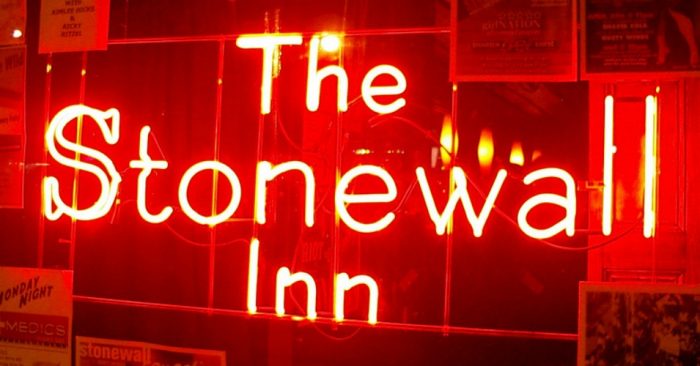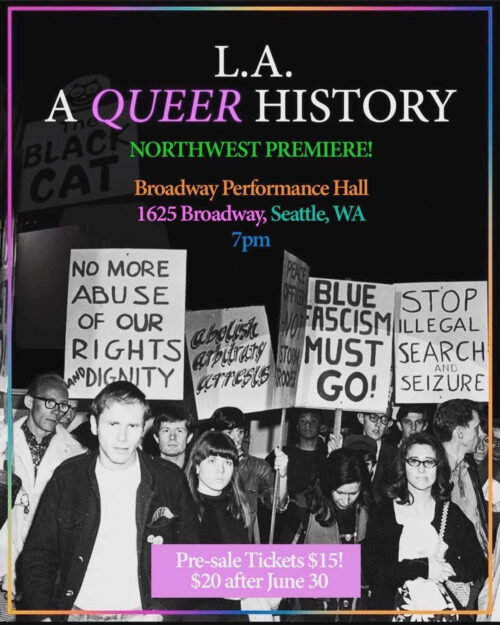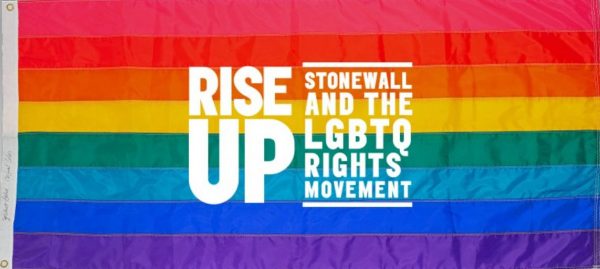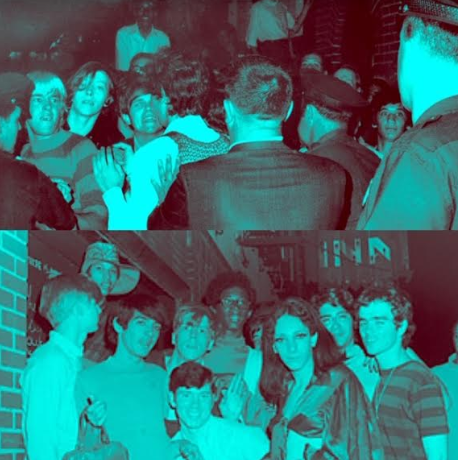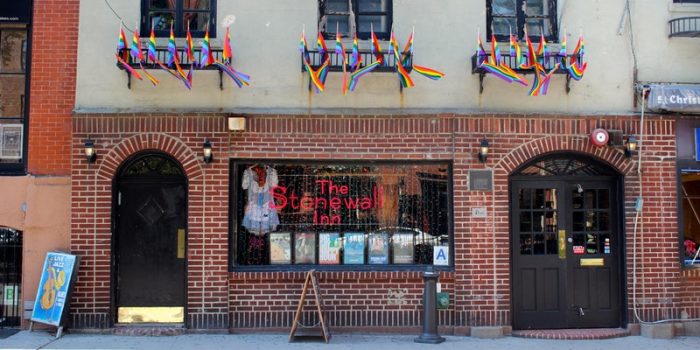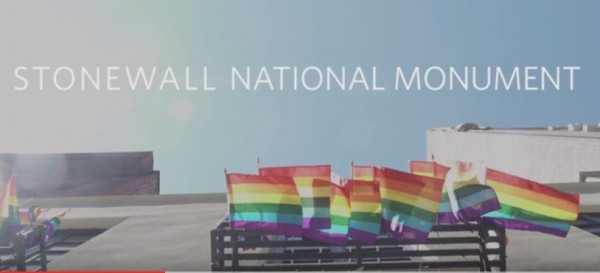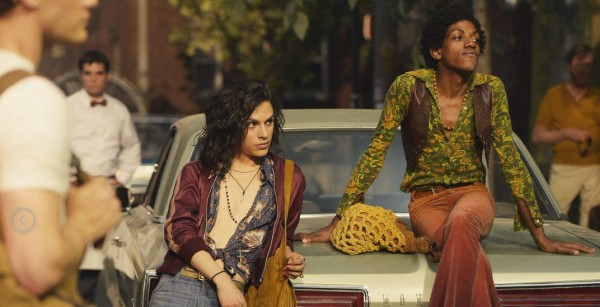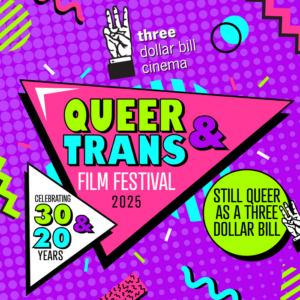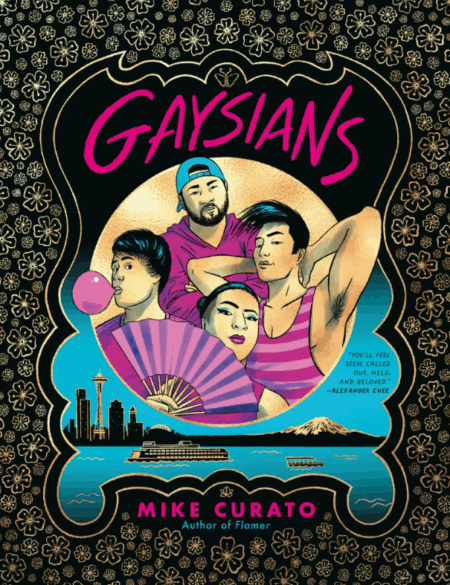Today, June 28th, is the actual anniversary date of the Stonewall Uprising the 1969 New York City bar raid turned riot that sparked the LGBTQ Civil Rights Movement. On a hot summer night in Greenwich Village, New York City police raided The Stonewall Inn one of a few public gathering places in the city that featured a gay clientele and one of the most popular despite the fact the venue was owned by NYC gangsters who overcharged customers; served watered down drinks in dirty glasses; frequently blackmailed closeted gay men for large sums of money and generally disrespected and abused the queer people who earned them huge sums of money.
The NYC police weren’t any better in their treatment of LGBTQ people and the local police precincts were paid off by the Mob to ignore many illegal acts committed by bar owners. But, not all cops were bought off and some still would raid queer bars where all employees were arrested with money and booze confiscated, but also arresting queer people who weren’t “correctly dressed” in the clothing matching their physical gender…cops would actually force people to expose their genitals to verify “things matched up”. Those not in compliance would be arrested.
Despite the threats posed by corrupt cops, vicious gangsters, the fear of getting hepatitis from dirty glasses, and the high prices ($3 cover on weekends equivalent today to about $30) the Stonewall was still the most popular gay club in NYC largely due to the fact it was a large (by NYC standards) venue with two big rooms that both included jukeboxes and dance floors, a rarity in gay clubs of the period where it was illegal for same sex couples to dance. Largely a club for men, some women did show up on occasion including lesbians and straight women attending with gay male friends. The front bar/dance area skewed older and more traditional; largely men in their 30s from a variety of backgrounds but the back bar was smaller, darker, cozier and featured a jukebox that was grittier and more soulful than the more traditional pop music featured up front. Here, you were more likely to find a younger crowd as well as more likely to find “queens” and people of color. The young street kids and hustlers of the Village would congregate here, when they could come up with the cover and convince the door man to let them in.
Police raids were not uncommon; in fact the Stonewall had been raided earlier that week. And, that might have been a contributing factor as to why LGBTQ fought back on June 28, 1969…enough was enough. The Civil Rights Riots and anti-Vietnam War Riots of the 60s also played a part; revolution was in the air. While homophile organizations like Mattachine and the Daughters of Bilitis had paved the way for progress for gay rights in the 50s and early 60s, their conservative approach of polite demonstrations and gentle pushing of politicians to make changes, while major steps, was overly cautious and timid to younger gays and lesbians eager to make bolder strides. The leaders of the early gay power movement had been men and women in their 30s and 40s pre-Stonewall. Younger people pushed for more active resistance and the events of Stonewall were largely carried out by people in their teens and 20s…including liberal straight people in the neighborhood who joined the fray.

The 1966 “Sip In” where gay activists challenged NYC laws that refused service to gay bar patrons. Photo by Fred McDarrah/Village Voice
One community leader had his feet on both sides of that divide. Dick Leitsch was 34 years old at the time of the Stonewall Riots and already a seasoned veteran of the LGBTQ Civil Rights Movement as president of the New York chapter of Mattachine and an instigator of the “Sip-In” in 1966 where 3 gay male activists, including Leitsch’s former lover Craig Rodwell, eventual owner of the landmark Oscar Wilde Memorial Bookshop a short distance away from the Stonewall Bar and a founder of the first Stonewall Pride event, challenged a NYC law that forbid serving alcohol to gay men. The men declared themselves as gay at a bar named Julius and were denied service which led to considerable news coverage (and this famous photo by Fred McDarrah also known as the ‘Stonewall photographer’ for the iconic images he took during the 2nd night of riots) and eventual rulings that took down the anti-gay serving law.
Dick Leitsch was also a journalist whose reportage of the Stonewall Riots, (he was a Village resident and present for all the riots) was instrumental in the growth of the Gay Civil Rights movement in the days and weeks post-Stonewall especially with his report titled, “The Hairpin Drop Heard Round The World”. Though frequently frustrated by the more conservative actions of older gay activists, Leitsch also had trouble at times adapting to the more radical ways of younger activists more versed in more physical demonstrations and protests. He also faced charges of being sexist towards lesbians in the movement (not an uncommon occurrence in a time where women were also fighting for respect and equality). Leitsch was part of the process that led to the creation of the Gay Liberation Front, the first major post-Stonewall advocacy group that eventually replaced the outdated Mattachine.
Dick Leitsch died last week in a NYC hospice, on June 22, 2018 after a long battle with liver cancer. He was 83 years old and an instrumental part of the LGBTQ Civil Rights Movement. His last major public appearance was May 9th when he attended the Broadway revival of “The Boys in the Band” and met the stars, Zachary Quinto, Matt Bomer and Andrew Rannells .
A toast to a gay pioneer, Dick Leitsch.

Gay activist Dick Leitsch visits 3 of the stars of the Broadway revival of “The Boys in the Band”, Zachary Quinto, Matt Bomer and Andrew Rannels, weeks before he passed away on June 22, 2018.


